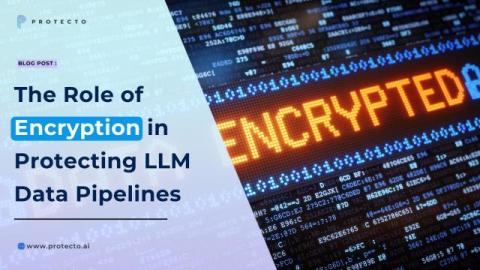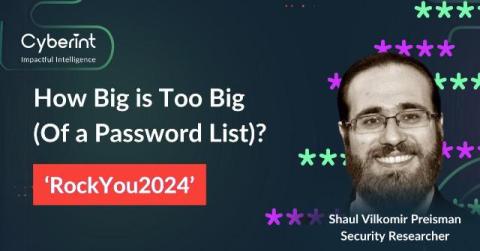The Role of Encryption in Protecting LLM Data Pipelines
Encryption is a fundamental procedure in cybersecurity that transforms data into a coded format, making it inaccessible to unauthorized users. It has evolved significantly from simple ciphers in ancient times to complex algorithms like AES (Advanced Encryption Standard) and RSA (Rivest-Shamir-Adleman), which are used today. Encryption ensures data confidentiality, integrity, and authenticity, which is crucial in protecting sensitive information across various domains.











